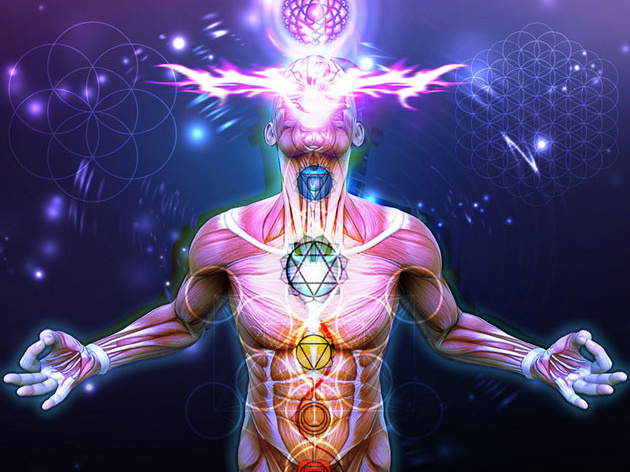The Substance, starring Demi Moore and Margaret Qualley, explores a deeply resonant and ancient theme: the human obsession with youth. On its surface, this quest can seem driven by the cosmetic – a yearning to maintain physical beauty and vitality. But when we look deeper, the pursuit of eternal youth becomes a metaphor for something more profound: the desire for permanence in an impermanent world. Within this framework, The Substance speaks to the philosophy of life, death, and identity, questioning the limits of self-respect and the adage “live fast, die young.”
The Quest for Youth as Existential Denial
The search for eternal youth is as old as myth itself, from the Fountain of Youth to the elixirs of ancient alchemy. But behind the wrinkle creams and fitness regimes lies an existential truth: humanity’s fundamental fear of aging is tied to its fear of mortality. Aging, after all, is the body’s stark reminder that we are moving toward death, an inevitable end. In this light, the quest for youth isn’t just a surface-level obsession; it is a desire to transcend death, to freeze time, to defy the forces that erode our vitality.
But this desire also reflects a deeper philosophical tension. To seek permanence in a world defined by change is a denial of reality. The Greek philosopher Heraclitus famously said, “You cannot step into the same river twice,” highlighting that change is the only constant. In chasing eternal youth, we rebel against this principle, yearning to hold on to a version of ourselves that is slipping through our fingers. Demi Moore and Margaret Qualley’s characters likely personify this tension, where the substance they pursue serves as both salvation and poison. It embodies the futile fight to preserve something that is meant to evolve, drawing us into a reflection on the delusion inherent in such a pursuit.

“Live Fast, Die Young”: A Self-Destructive Glamour
The adage “live fast, die young” has long been romanticized in popular culture, from rock stars to movie idols. It captures the allure of burning bright and then burning out, choosing intensity over longevity. Yet this glorification of a life cut short echoes a darker truth: the existential struggle to find meaning in a world that seems indifferent to us. Rather than face the slow march of time, the philosophy of living fast and dying young suggests that it is better to go out in a blaze of glory than to fade away gradually.
In The Substance, this ideology may be reflected in characters who crave the allure of vitality but are unwilling to face the reality of gradual decline. The obsession with youth becomes a metaphor for instant gratification – chasing intense, fleeting experiences rather than accepting the full arc of life. Yet beneath this lies a subtle self-destruction, as the pursuit of youth at all costs inevitably leads to its own demise. To seek youth without embracing the wisdom that comes with age is to trade depth for shallow beauty, and in doing so, we risk losing our core identity.
The Constructs of Self-Respect
At the heart of The Substance lies a question of self-respect: What does it mean to respect oneself in a society that places such high value on external appearances? The characters’ quests for youth may reflect a deeper existential crisis – one where self-worth is increasingly measured by how we look, not who we are. In this world, self-respect becomes conditional, tied to the ability to meet societal expectations rather than derived from a deeper sense of inner value.
Philosophically, this speaks to the tension between “being” and “seeming.” Ancient philosophers like Plato distinguished between these two states: being is about the internal truth of who we are, while seeming is about appearances, about how others perceive us. The quest for eternal youth, and by extension beauty, pulls us into the world of seeming, where the external mask becomes more important than the internal self. But this focus on seeming can erode true self-respect, as it prioritizes others’ perceptions over our inner dignity.
Self-respect, then, is about embracing the fullness of life, including aging, loss, and imperfection. The characters in The Substance may confront this dilemma – do they cling to a hollow sense of self based on youth, or do they learn to find value in their intrinsic worth, beyond the mask of beauty? In chasing youth, they risk losing their authentic selves, trapped in a cycle of perpetual dissatisfaction.
Ageing as a Rite of Passage
The Substance offers us a lens to reflect on the universal human desire to stop time, to grasp hold of youth, and to avoid the inevitable march toward mortality. Yet, it also challenges us to consider what we might lose in this pursuit. The obsession with youth, fueled by a desire to deny death, can rob us of the deeper meaning that comes with the acceptance of life’s arc. By glorifying the “live fast, die young” ethos, we may miss the wisdom, grace, and respect that come with embracing the journey of aging.
Ultimately, The Substance may ask its audience to reconsider what it means to truly live well – not by clinging to a superficial ideal of youth, but by finding a deeper, more enduring sense of self-respect that transcends the physical and touches the eternal. It reminds us that the search for youth is not just about avoiding wrinkles, but about confronting our fear of impermanence and finding peace in the truth that to age is to live fully.
